- About
-
Discover
City Guides, Tour Guides, Insider's Guides
-
Experience
Book your next trip
-
Lab
Book the digital Experiences
-
Hidden Gems
Hotels. Restaurants, Bars
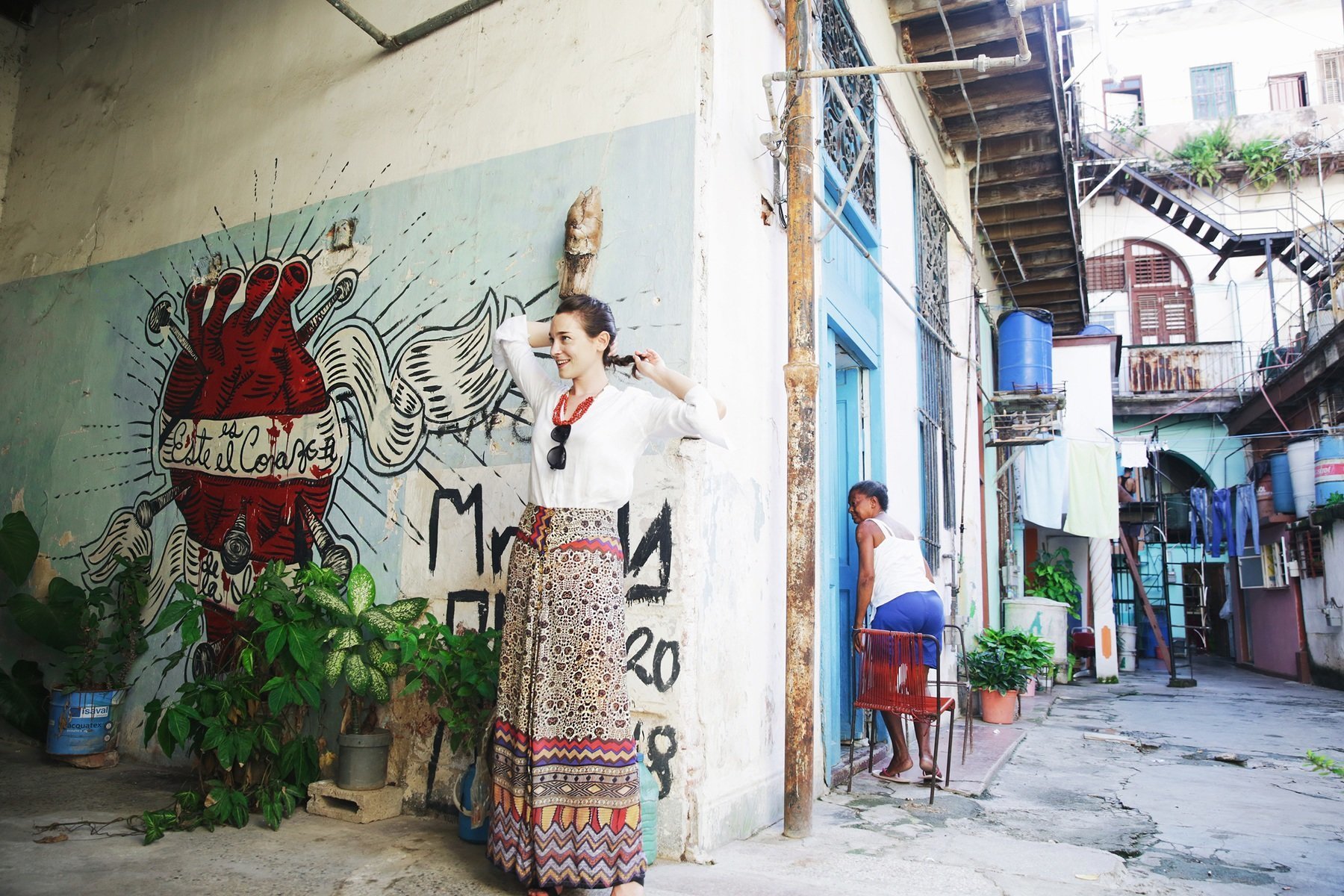
How does one start their career in Milan and end up in the luscious country-island that is Cuba? We talked to a traveller whose passion about art brought her where she is today: meet Italian yet Havana-based Luisa Ausenda, International Projects Manager of Galleria Continua.
Editor: Elisa Carassai
Photographer: Gabriel Bianchini
Moving to a completely different country and adapting to the country’s culture and style is never easy.
Yet, if you approach life, with a passionate and very open attitude like globe-trotter Luisa Ausenda, then you’ll find that it will surprise you in every possible way. From Argentina to Sao Paulo, Florence and Istanbul, the Milan born International Projects Manager of Galleria Continua has lived in many places, however she moved to the gallery’s Cuba-based space attracted by the country’s melting pot of cultures and spontaneous way of life.
Discover all about her and her best tips on where to go and what to do for an adventure in Cuba, in our insider’s guide.
Tell us a bit about yourself, how did you come to work at Galleria Continua’s Cuba location and what were you doing before?
Although I am originally from Milan and studied at Bocconi University, I spent a semester studying in Rafaela (Argentina), one in São Paulo, one in Florence and a year working at an art gallery in Istanbul.
I have always been passionate about art: yet it was only when I discovered that my favorite Italian contemporary art gallery, Galleria Continua, was to open a space in Havana, Cuba, that I decided to reach out and propose myself for the job.
Although Galleria Continua aimed to have an all-Cuban team, I reached out to them, got myself a one-way ticket to Havana and prompted the founders to “try me”. If I look back at what I did, I feel dismay towards my naïveté, but salute my eagerness to go off the beaten path. All in all, if could I go back, I’d do exactly the same.
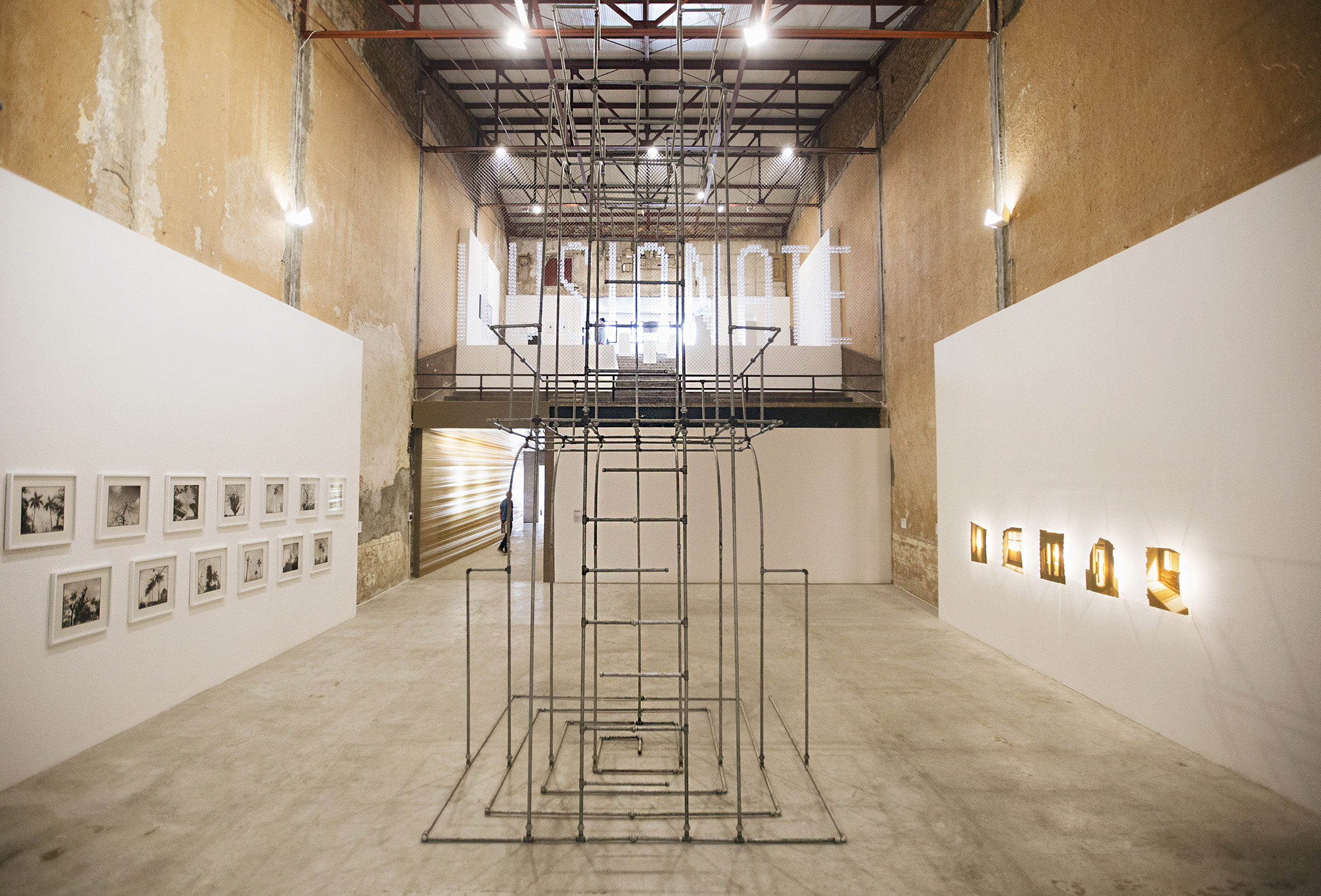
What makes this island and Havana in particular fun and exciting in your eyes?
One aspect to be mentioned about Cuba is the attitude with which foreigners approach the island. One may find happiness, thrive in some cases, not in a normal wellness-welfare state, but in a more cut-for-human-dimension state. Therefore, all those who come to Cuba, mostly seek for an open-minded, informal but deep people-to-people exchange. Lastly, although rapidly changing and investing more and more in tourism, Cuba is still Cuba, a one-of-a-kind place which cannot but influence artistic production worldwide.
Cuba is famous for cigars, dance and music. Where would you go and listen to live music or local musicians in Havana? Could you recommend a cool bar where you feel as if you're in someone's home or somewhere with history?
Havana’s live music scene is always bursting with options, you just have to choose the type of music you want to listen to!
For jazz, you could go to La Zorra y el Cuervo, Jazz Café and sometimes to Bar Elegante in Hotel Riviera. For salsa, La Casa de la Música and 1830. For bolero, El gato tuerto. For rumba, Diablo Tun Tun. For any of these genres, plus electronic music and hip-hop, Fábrica de Arte Cubano. For reggaeton, Mio and King’s Bar.
Lastly, Karabali and Las Vegas are also great LGBTI cabarets.
Best bites?
Cuba, up until quite recently, was not a foodie destination. However, nowadays, depending on how formal and local you want to go, There are a good selection of restaurants that will serve this purpose. For gourmet, colonial meets XX Century Cuba, do not miss La Guarida, Iván Justo or Al Carbón (same owner). For hip places with good food and great cocktails but where one can also just have a drink and appetizers, hit El del Frente or O’Reilly 304, El Cocinero and the 3ra and 70 kiosks. For traditional food or fresh fish, try El Aljibe and Santy El Pescador, respectively. For a real, off the beaten path, freshest of the fresh-fish experience, head to Baracoa, a fishermen town just off Havana’s outskirts: you won’t regret it.
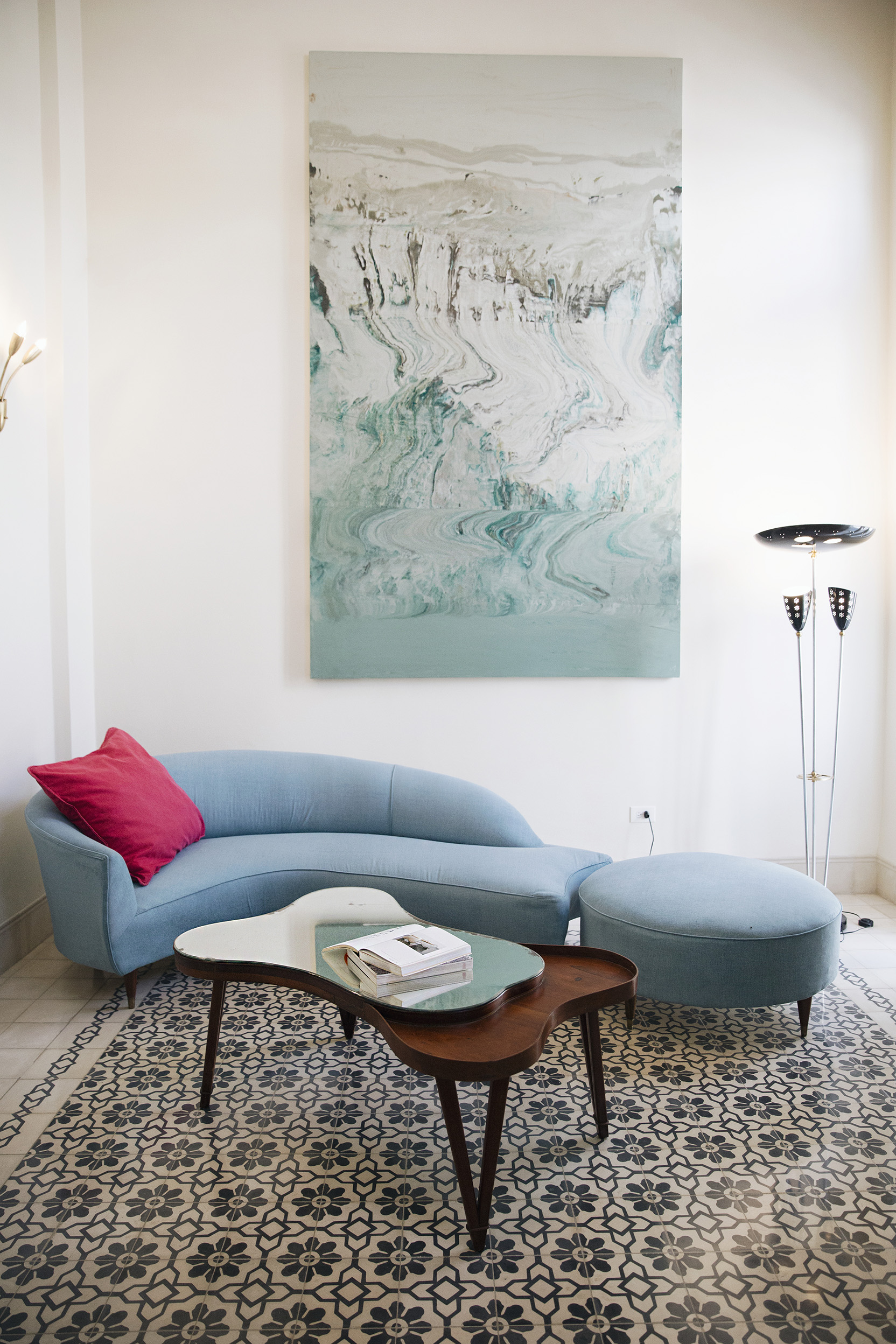
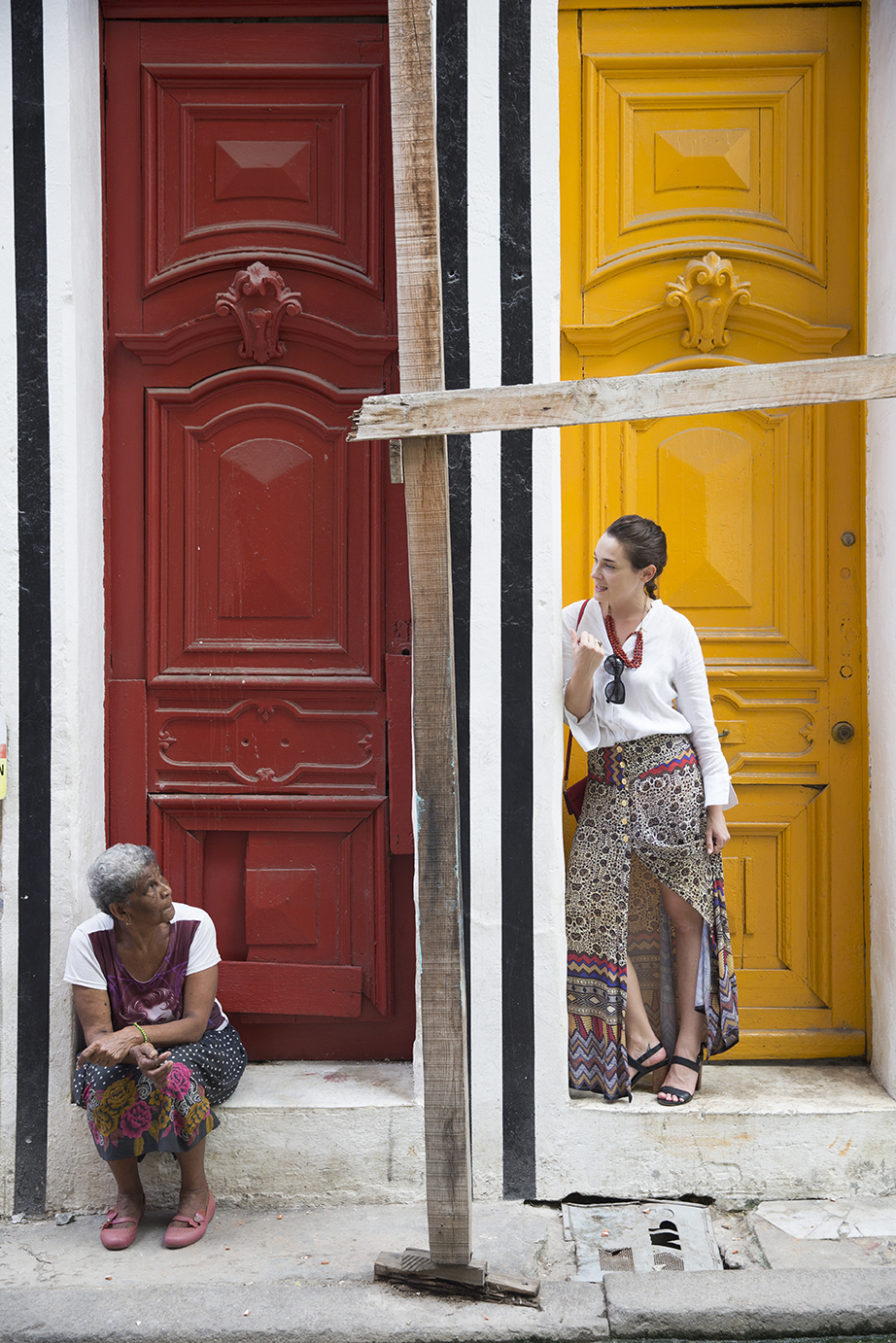
“Cuba is still Cuba, a one-of-a-kind place which cannot but influence artistic production worldwide.”
And Havana’s best stay?
In Havana, there are a growing number of five stars hotels that one can recommend. At the moment, the best ones are considered to be Saratoga, Kempinski-Manzana de Gómez, Hotel Packard and Hotel Parque Central. However, one should keep an eye out also for the boutique hotels and/or casas particulares (guest houses) owned by those who brilliantly blend colonial style (in particular, colonial tiles and windows) with Art deco or modernist furniture and contemporary art, such as Casa Vitrales, Alameda JM7 and La Reserva. Between them, the price range varies quite a lot. Yet, if you’re into the idea of booking something more intimate, Casa Concordia and Suite Havana would be the perfect choices as they are private apartments.
What do suggest doing on weekends? Tell us about your favorite vintage markets, local gems on where to source one-of-a-kind items.
On weekends, you can leave Havana for a day-trip or an overnight stay in a number of different holiday-spots. If you head East, you can enjoy Varadero’s crisp beaches in a 2-hours’ drive. In just a 1-hour drive from Havana you can scuba-dive on the reef, snorkel in colorful caves and swim in uncontaminated creeks in Jibacoa. If you head West, you can hike, horse-back ride or zip-wire yourself through the forest in Las Terrazas, a town some 50 minutes away from Havana. Also, 30 minutes away from the city, Santa Maria Beach offers a very decent, cheaper and closer-to-Havana option to Varadero. If you feel like shopping for clothes or accessories, you can hit Havana Vieja’s shops: the unmissable Clandestina, but also Cris Cris, Piscolabis, La Marca (a tattoo parlor that sells cool locally sourced items) and Dador. Should you feel like hunting for a semi-Cuban begotten treasure, such as Murano glass ashtrays that belonged to the bourgeoisies, look for antique shops. The most famous one is Casa de Belkis, in Vedado, but there are many also on Galiano street, the former Avenida de Italia (Centro Habana).
Working for Galleria Continua, where would you recommend to see contemporary art?
Other than Galleria Continua (which is the first and so-far only non-Cuban art gallery on the island) and can be used as a reference if you wish to visit exhibitions, artists’ studios, and attend art events, other notable places you can stock up on culture are the National Fine Arts Museum (both the Cuban and the International art buildings are worth a visit), Centro de Desarrollo de las Artes Visuales and last but not least the Centro de arte contemporáneo Wifredo Lam.
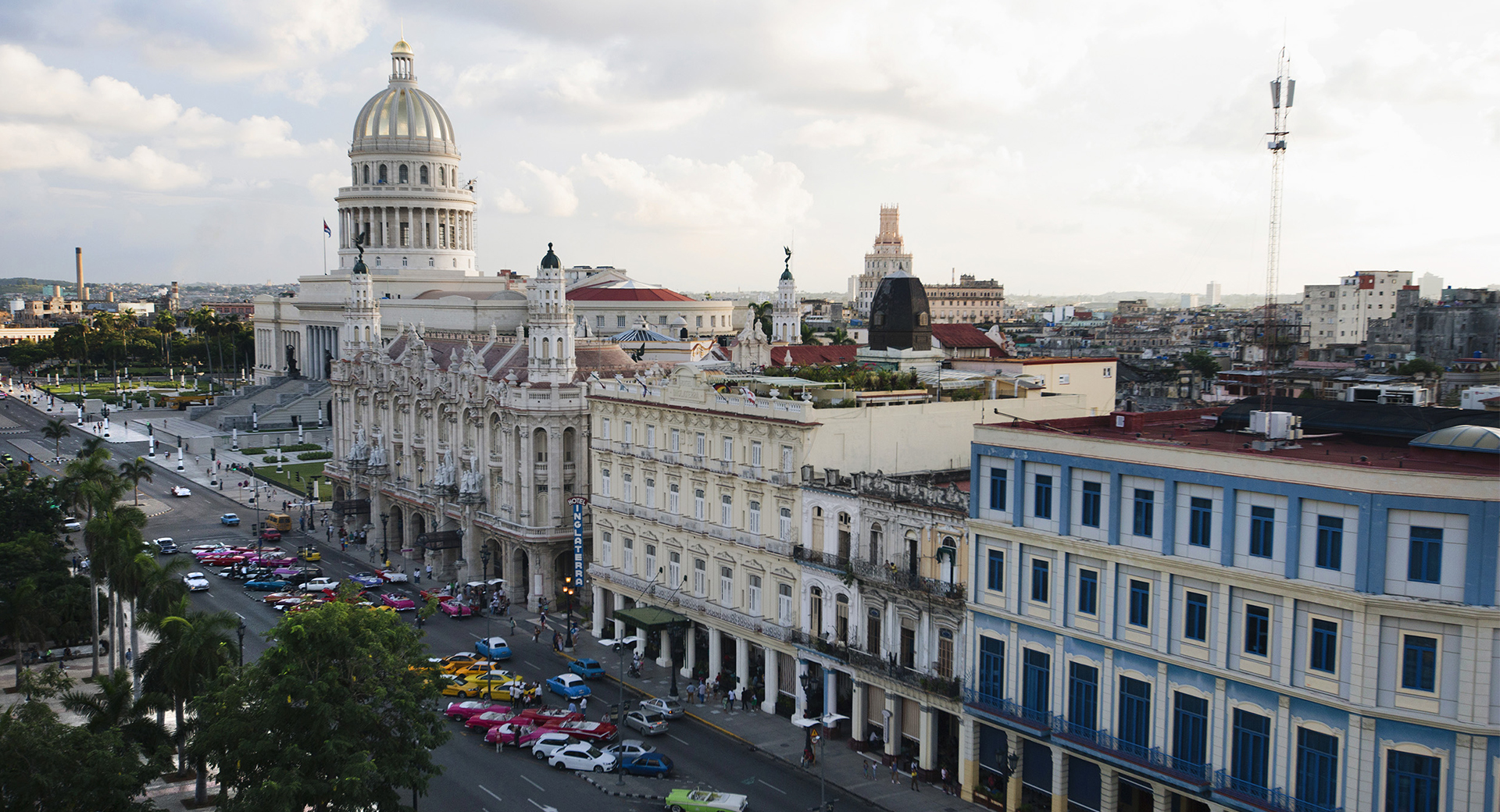
Talking about Cuba and its magnificent nature, can you tell us the perfect itinerary and the off beaten tracks to explore this Caribbean gem. Let's say in 10 days by car.
If you have 10 days you can drive the car all the way down to Santiago, visit the town and some cities in the center of the country, such as Camagüey and Santa Clara, and then head on to Havana. Another option would be to stop in the center-South part of the island, explore Playa Larga, Playa Girón and Trinidad, return to Havana, visit it, and then go beyond it to reach Viñales, a beautiful and lush valley in the Western part of the country. Yet, the hiking lovers should not miss on the opportunity of hiking where the “barbudos” used to perpetrate their guerrillas or hide, respectively, Topes de Collantes and La Sierra Maestra; nor should one disregard Hanabanilla, a rustic but well-kept resort by the lake. Last but not least, if you are a fan of film, consider travelling to Gibara for the its Film Festival: this fishermen’s town shines bright during it with all kind of events and some magic too.